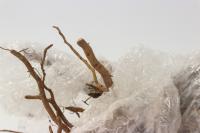Bottle grass
pitcher grass is not pitcher grass ~ it is the name of a genus. There are 9 species, many subspecies, varieties and artificially cultivated varieties ~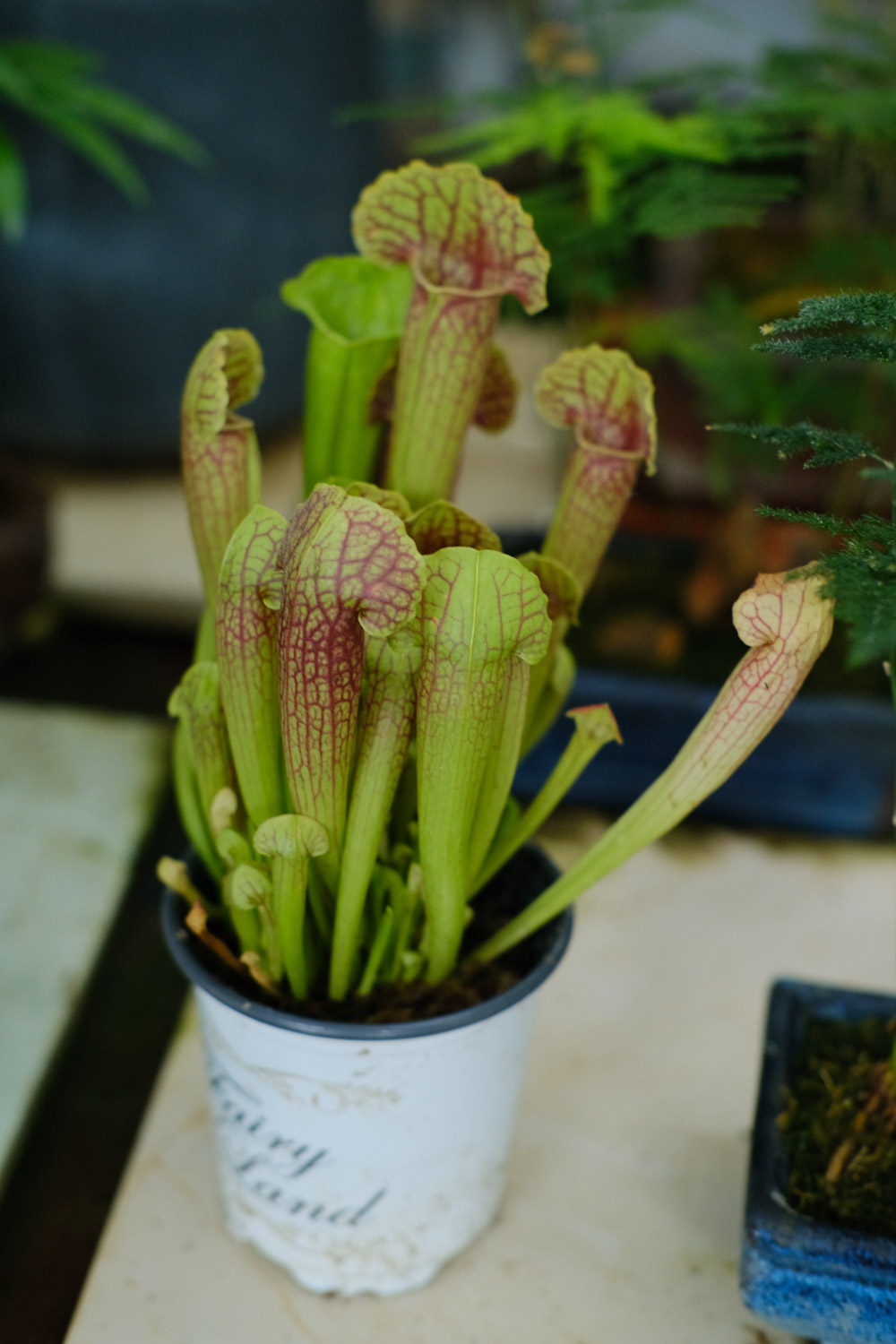
Insect catching Viola
insect catching viola is a slimy insectivorous plant that can catch small insects such as mosquitoes and ants. There are glandular hairs on the back of its leaves, flower stems and petals. The top of the glandular hairs can secrete some smelly mucus to attract insects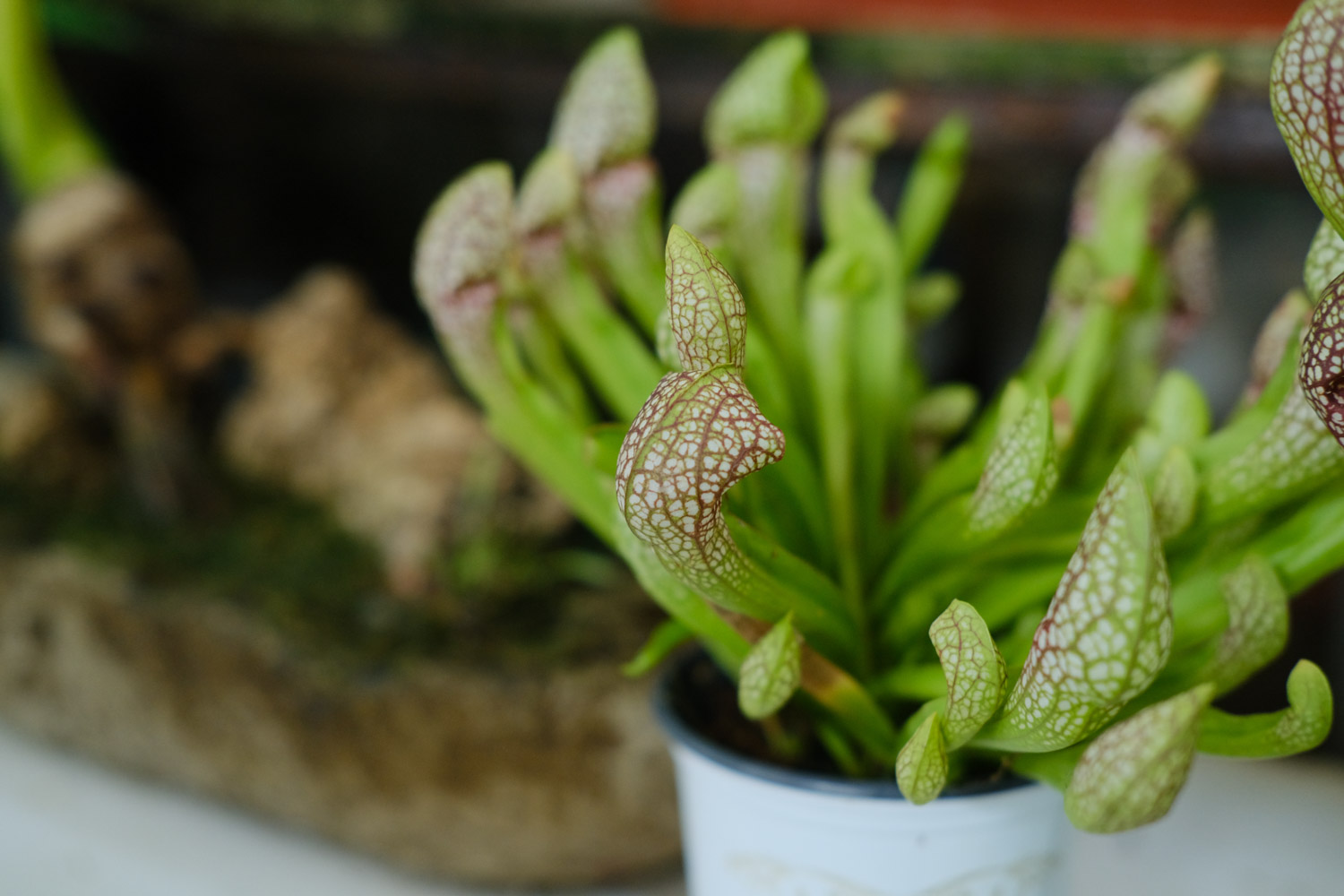
1. For watering, use the dip basin method. After the surface of the insect catching pansy is dry, put it into a basin filled with water for curing ~ do not spray water to avoid diluting the mucus on the leaves
2. Light, like bright light, can also withstand half shade, and shade at noon in summer
3. Temperature, the suitable growth temperature is 20 ~ 30 degrees
4. Humidity, maintain high air humidity, and sprinkle water on the ground around it every morning and evening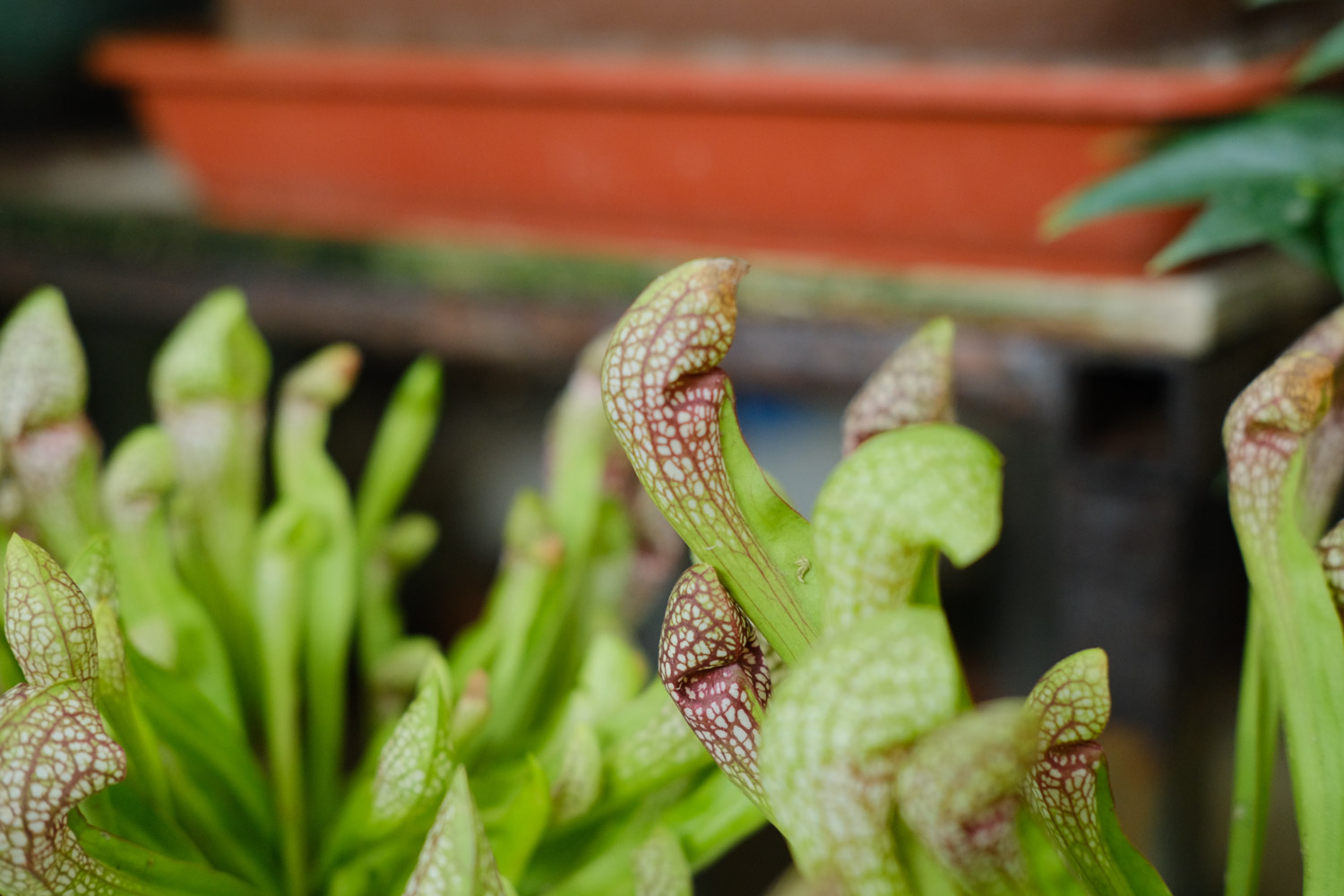
1. The air humidity must be high. Flower friends in the North need to sprinkle water on the ground around the pitcher every day to increase the air humidity 2. It is better to use the substrate with good water retention, such as water moss, and keep the substrate moist for a long time, but there should be no ponding. Generally speaking, watering should be done once a day in spring, summer and autumn and once a day to two days in winter 3. Pitcher likes a semi cloudy environment, so don't direct sunlight. Just keep it indoors at ordinary times ~ 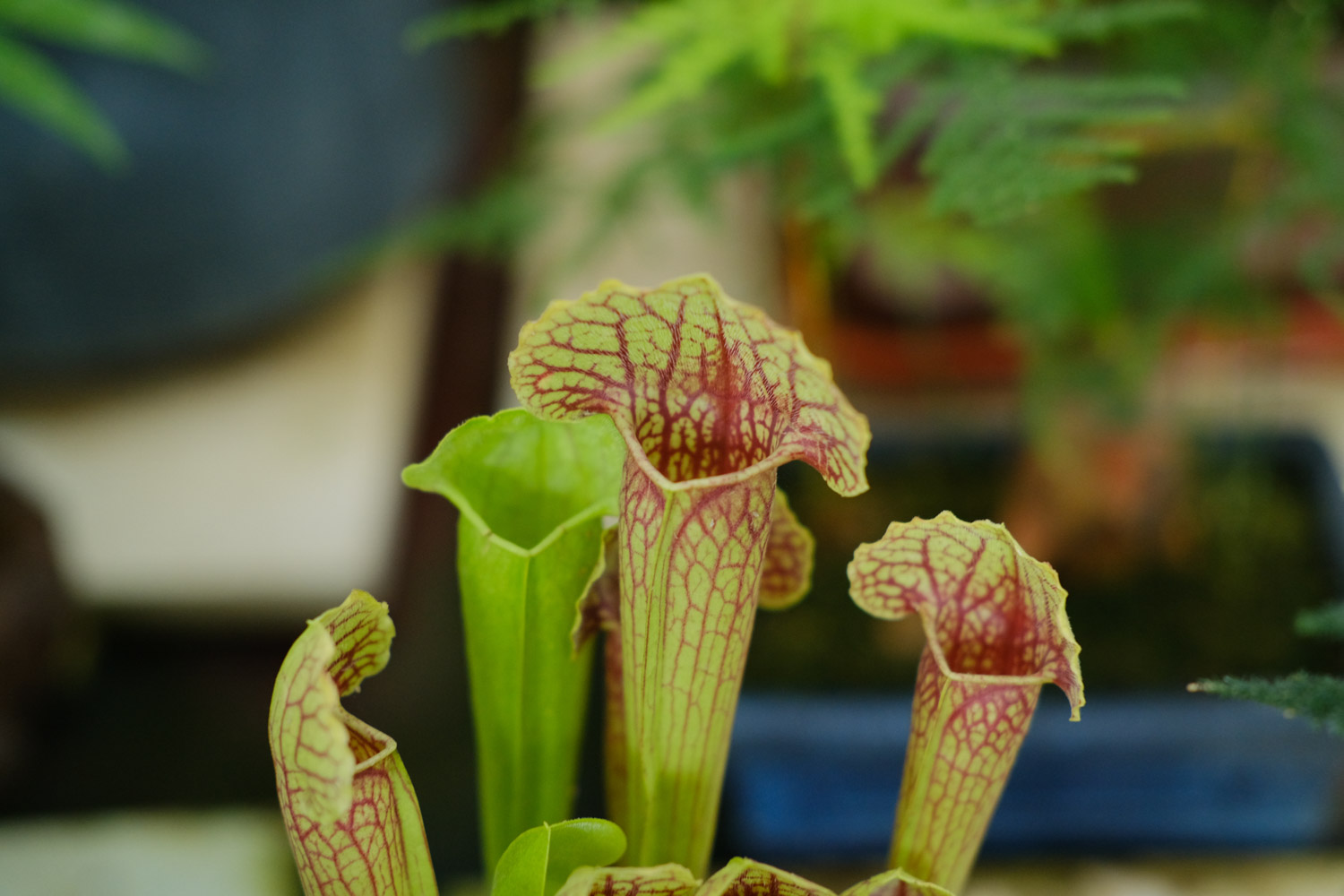
(1) use pure water as much as possible. Place the basin of flytrap in the tray or glass jar, inject water for about 3cm, and replenish water regularly 2. Humidity: you need to maintain a high humidity to survive. You can add a layer of water moss on the topsoil of the basin or keep the basin immersed for a long time 3. Soil: Perlite + peat shall be configured in the ratio of 1:1, or pure water moss shall be used, and broken tiles shall be padded at the bottom of the pot. Change the soil every spring 4. Temperature: the suitable growth temperature is 21-35 ℃ 5. Feeding: they will hunt by themselves. Don't throw it a piece of meat or something. Just let it eat mosquitoes silently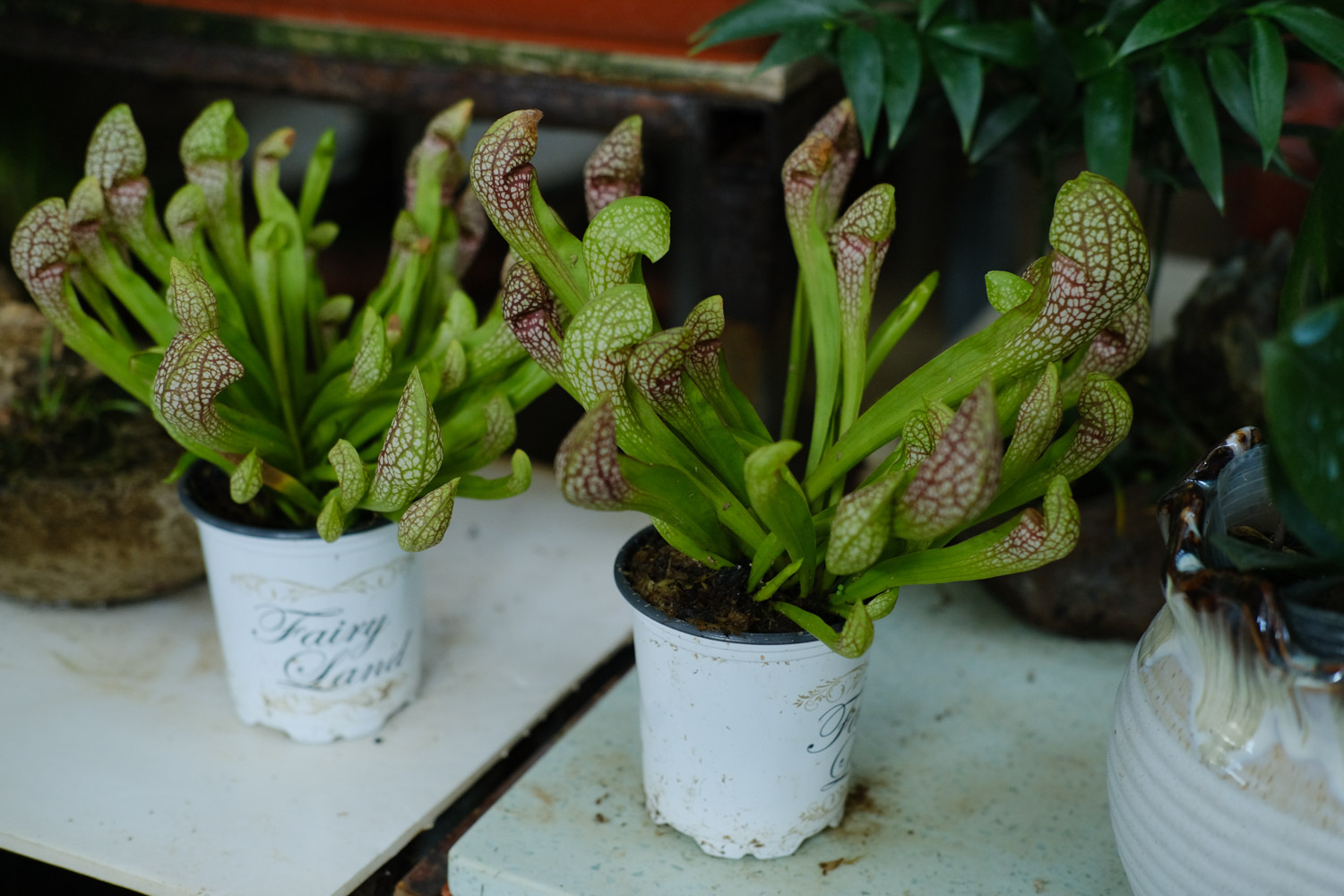
1. Light: thatched plaster likes light. It's best to put it in a place with good light, but it should be shaded at noon in summer ~ 2. Thatched plaster is very wet. Except in winter, it should be cultivated in pots in other seasons, and the water in the pots cannot be cut off ~ 3. When the temperature is higher than 30 degrees, the potherb will sleep, so it's better for flower friends in the south to keep it indoors ~ 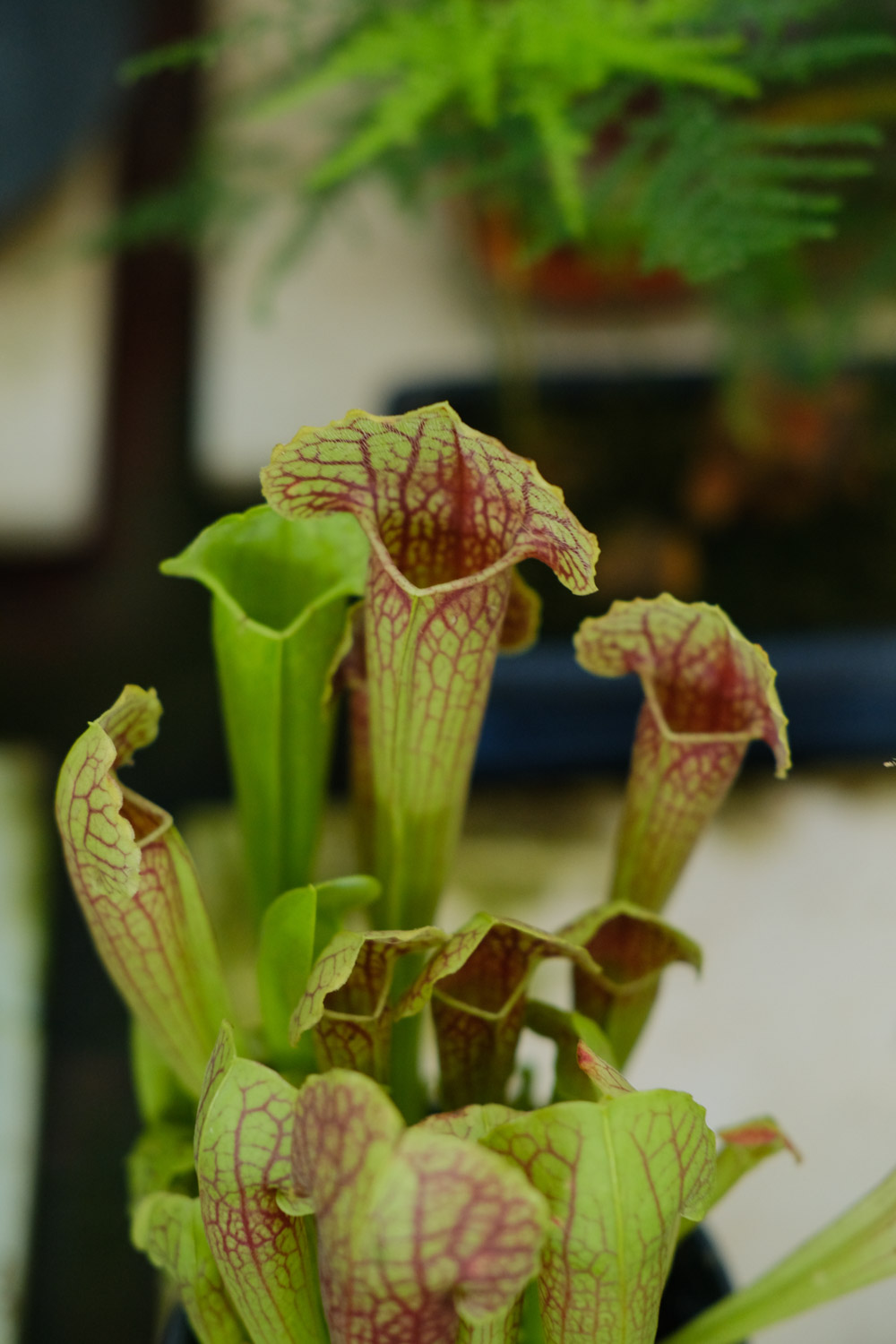 1. The light must be better, and the full sunshine is the best. Without this condition, the bright scattered light is also OK ~ but it should be shaded at noon in summer 2. Watering: dip basin method shall be adopted, and the water in the basin shall be kept at half position all the time. But don't often spray water on the leaves to avoid diluting the mucus, but you can spray water on the nearby ground 3. Support: when rainbow grass grows high, it can be supported by flower racks, iron wires, fine bamboo, etc. to prevent the plant from falling down
1. The light must be better, and the full sunshine is the best. Without this condition, the bright scattered light is also OK ~ but it should be shaded at noon in summer 2. Watering: dip basin method shall be adopted, and the water in the basin shall be kept at half position all the time. But don't often spray water on the leaves to avoid diluting the mucus, but you can spray water on the nearby ground 3. Support: when rainbow grass grows high, it can be supported by flower racks, iron wires, fine bamboo, etc. to prevent the plant from falling down
Pitcher grass
pitcher grass is the general name of all pitcher grass species. It is called pitcher grass because that unique insect catching cage is very similar to a pitcher cage
Flytrap
Huahua's favorite is the big clip of Venus flytrap, which looks like a "shell"! The large clamp can secrete juice, clamp the intruded insects at a very fast speed, and then digest and absorb them
Cauliflower
thatched plaster is a large category of insect eating plants. There are crystal clear "dew drops" on the leaves, which are dazzling under the sunlight. Therefore, many people like to keep a pot of ~
Silk leaf rainbow grass
rainbow grass is a relatively rare insectivorous plant of glandular hairy grass. Its skill of catching insects is similar to that of Sargassum, and it also relies on glandular hair mucus to catch insects. However, unlike Sargassum, rainbow grass has strong viscosity and its glandular hair will not swing
More
Related articles

 jackfruit
jackfruit snake plant
snake plant hibiscus
hibiscus hydrangea
hydrangea lavender
lavender Green roses climb al...
Green roses climb al... If you don't pay att...
If you don't pay att... Management of four g...
Management of four g...































